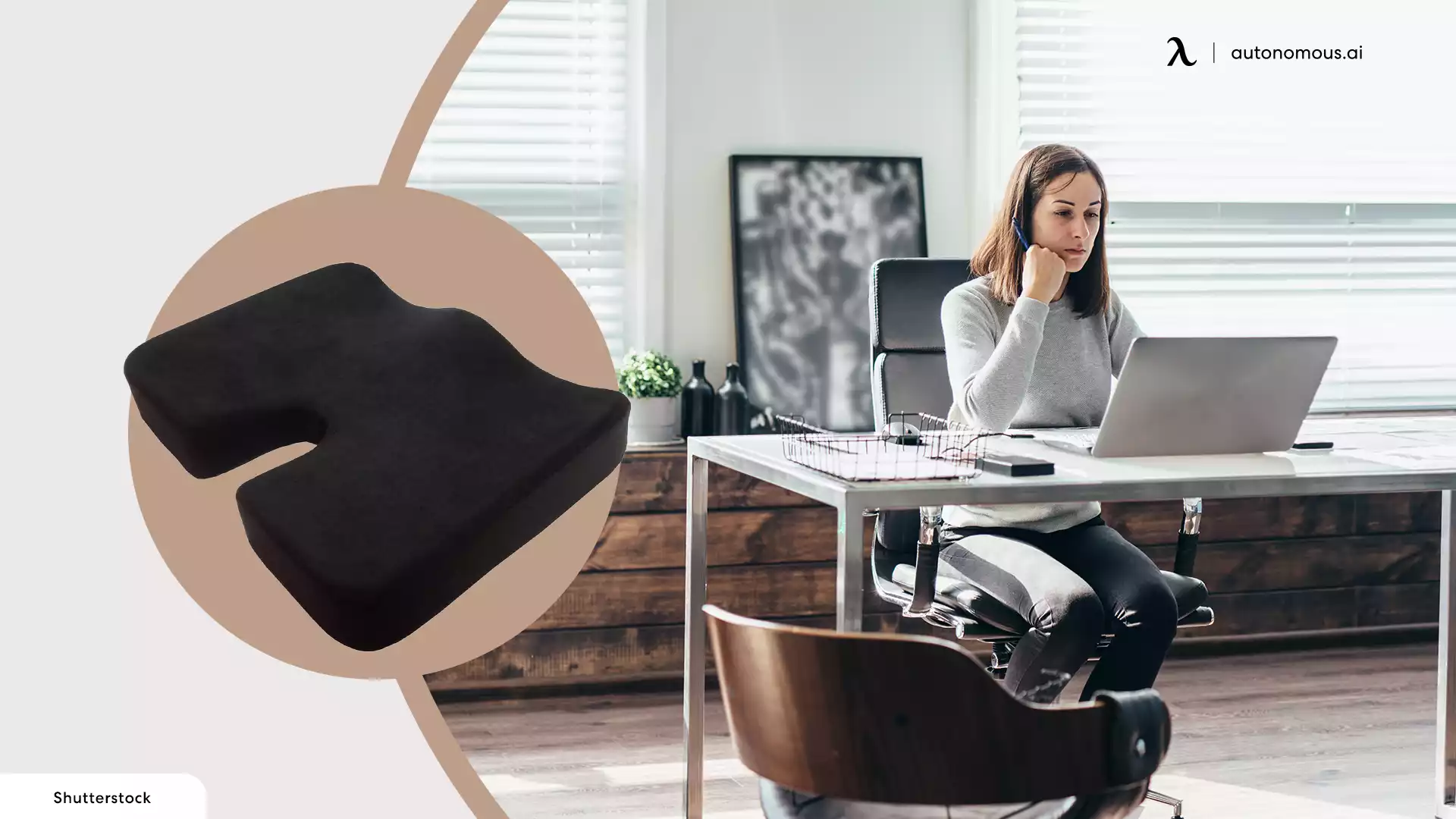
How to Have A Healthy Sitting Position At Computer Desk
Improper working postures have ruined many office workers and impacted their mental and physical health. Amongst the office going adults, 80% of people suffer from back pain and spine issues resulting from a bad posture. A healthy sitting position while working is the only way to get a productive work time and prevent our fragile spine from long term musculoskeletal injuries.
Hence it is important to encourage a proper posture at desk and prevent yourselves from slouching and sitting in an uncomfortable position. This article will cover the importance of a healthy sitting posture to reduce back pain and ways to practice various types of posture for the workplace.
Importance of an Optimal Sitting Position While Working?
Healthy sitting posture is the only way to improve work efficiency and prevent work-related injuries. While it may take some work and concentration, correct posture will give enough back support. This is especially crucial if you spend most of your day sitting in an office chair or standing. Here are some benefits of working with a proper typing posture.
Reduced back Pain

With the rising complaints of back pain in working adults, it is a blessing to find a way to reduce back pain when working. Your lower back is stressed when you sit or stand in a similar position for long periods because the constant working in the same position puts pressure on the intervertebral discs, facet joints, ligaments, and muscles in the posterior components of the spine.
Reduced Headaches
If you complain about headaches and your caffeine intake increases each day, you need to review your sitting posture while working. The tension in the body when working in an unhealthy posture is the leading cause of headaches while working. By opting for a computer ergonomic chair or a solution that keeps your entire body well supported, you can easily reduce the tension in the spine hence lowering the chances of constant headaches.
Improved Efficiency

When your bones and joints are in proper alignment, your muscles can function as they should, resulting in less fatigue and more energy. Particularly the reason people feel most productive when they are comfortable and why happy employees are considered productive employees.
Better Digestion and Weight Control
Do you find yourself growing obese since you start sitting in that chair? We all are aware of that issue. Our work desks and sedentary lifestyles are slowly leading us to death in the form of obesity, and sadly enough, we might not even realize it.
If you compress essential organs, your circulation will suffer, and those organs will perform poorly. Healthy blood flow necessitates proper alignment and avoiding positions that stifle circulation, such as crossing one's legs. As a result, good posture stimulates proper blood flow and a speedier metabolism.
Better Mood

Your healthy sitting position influences your mood. Consider how a depressed person appears: slouched and slumped, with hunched shoulders and a dangling head. You naturally adopt an upright, open posture when comfortable and cheerful. Stand up, pull your shoulders back, and lift your face if you feel depressed. This straightforward action can help you feel more upbeat.
How To Practice Healthy Sitting Posture At Work?
Tough work and long hours in front of the computer make us all vulnerable and want to recline in the easiest position we find. Office workers commonly see this practice of putting our spines at weird angles and nearly lying down in our chairs. While one thinks the ideal position is the one you are naturally inclined towards, it's not the case more often than not.
It is a conscious effort to practice a healthy sitting posture computer while working, and if you don't have one, you will suffer from back pain, poor spine alignment and similar health issues. Below are some tips for practicing a healthy posture while working.
Take Frequent Breaks

Frequent breaks prevent a work setting from becoming overwhelming, and office employees are especially encouraged to take frequent breaks so their body doesn't ask them to recline in the most unhealthy posture one could find.
This is why modern workplaces use ergonomic furniture like a reclining ergonomic chair where you can tilt the chair to the back and enjoy the comfort while working. Besides that, one can also opt for a standing desk, the best way to enjoy mobility and take some time from sitting.
Using a Proper Chair
Your posture at work will be automatically restored once you start working with an ergonomic chair. Yes, the best ergonomic chair improves work posture by providing ample support to the body. An ergonomic chair recognizes pressure points such as the lower back, arms, neck, thighs, and shoulders; hence, it provides comfortable support for those regions.
Seat Cushion

Grab a little towel and roll it up if your office chair doesn't offer lumbar support. A little pillow can also be used. If your back is particularly sensitive, you should choose a memory foam seat cushion designed specifically for those with lower back discomfort and similar concerns.
Practice the Right Sitting Posture
Ascertain that your body weight is evenly distributed over your hips. Bend your knees at a straight angle, and make sure they're either level with or slightly below your hips. For an ideal sitting posture, prevent your feet from crossing or forming an angle with each other.
If your legs feel dangling, then opt for an ergonomic foot cushion that can support your feet and keep them at a safe level. Ideally, it would help if your feet were flat on the floor. This will prevent any pressure from building up in your lower legs, hence the strain from traveling up your back.
The Right Eye Level
A poor posture begins with an improper eye level, which extends to neck pain, upper back soreness, and the entire back aching. Move the screen straight in front of you from your seated position. Adjust the monitor to roughly an arm's length away by extending your arm.
The monitor height should next be adjusted such that the top of your computer screen is no more than 2 inches above your eye level. Neck and eye strain can be caused by computer monitors that are too low or too high.
Subscribe for a 10% discount on your first order.
Sign up for our weekly update and be the first to know about our specials & promotions.
Verbreiten Sie es weiter

/https://storage.googleapis.com/s3-autonomous-upgrade-3/production/ecm/240409/smartdesk-one-apr-2024-offer-1920x540-CTA.jpg)
/https://storage.googleapis.com/s3-autonomous-upgrade-3/production/ecm/240409/smartdesk-one-apr-2024-offer-720x1200-CTA.jpg)
/https://storage.googleapis.com/s3-autonomous-upgrade-3/production/ecm/240415/bulk-order-apr-2024-offer-720x1200-CTA-min.jpg)
/https://storage.googleapis.com/s3-autonomous-upgrade-3/production/ecm/240415/pod-offer-apr-2024-720x1200-CTA.jpg)
/https://storage.googleapis.com/s3-autonomous-upgrade-3/static/upload/images/new_post_author/admin-1.png)